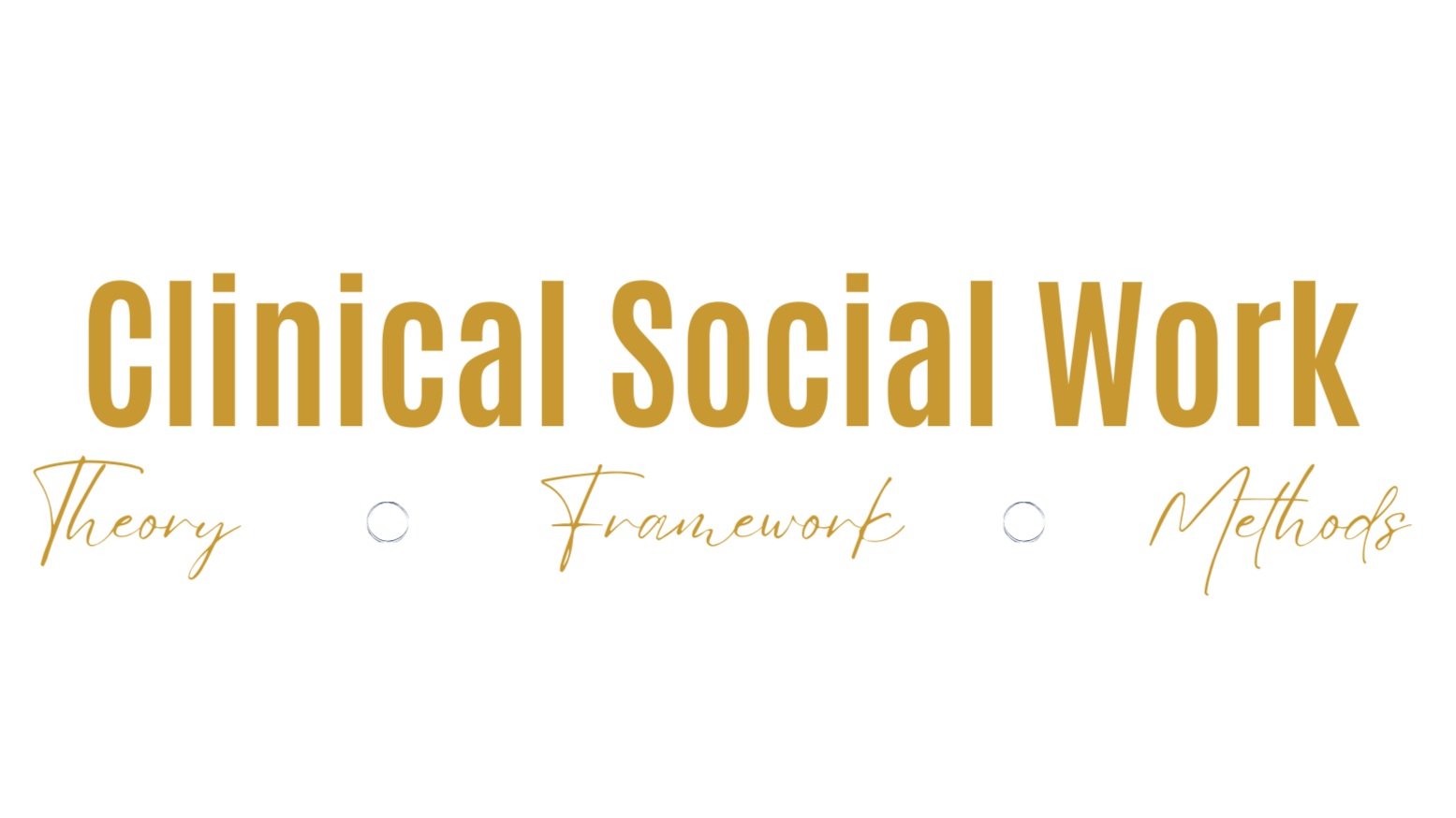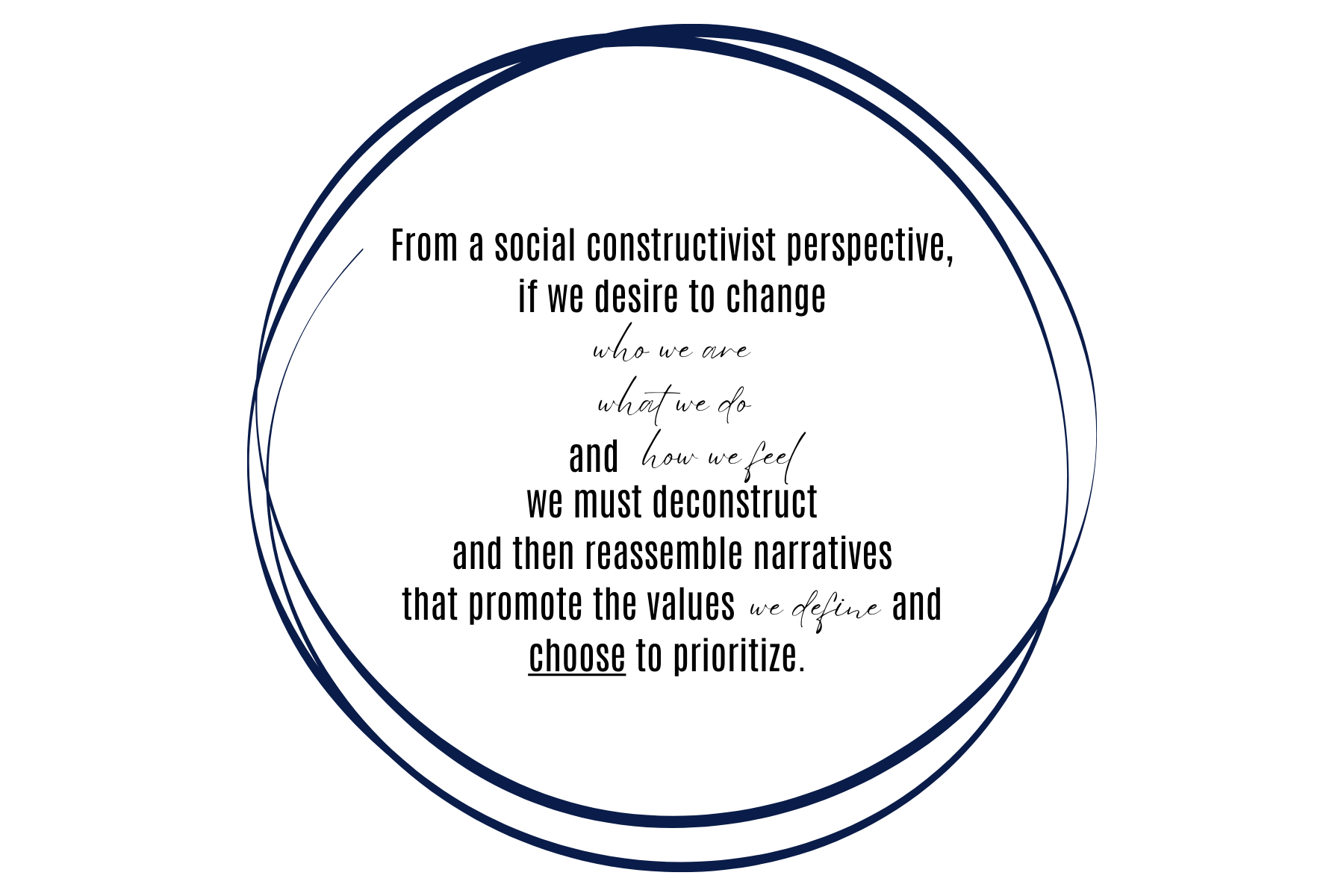MY APPROACH
My theoretical approach is both broad and narrow in scope. A goal overarching all levels of service and care that I provide is to emancipate the self. This involves analyzing the impact of human history, our social location within interlocking systems of supremacy, the organization of power within our family of origin, and the dominant values and beliefs of communities that were prominent during our formative years, with the intent to expose the impact of colonization culture on our identity. Our understanding of who we are and our perception of how we are permitted to engage, behave, and contribute to society, are intimately woven within our placement of power and privilege.
How we understand problems and our ideas about how to solve them are a result of colonization and thus decolonization is essential for understanding our problems differently and finding solutions that heal not only the individual, but the systems the individual is connected to as well. Healing, under colonial regimes, has been controlled by science and restricted to professions that are believed to have expert knowledge. A side effect of which has absolved the individual of any power to understand their own healing and built a reliance on the state, representatives of institutions, and religious leaders in order to recover from distress. Decolonizing our beliefs about healing invites us to become agents of change and leaders of our own recovery.
As a therapist my intention is to connect you with the leader within. The wise that resides inside and knows exactly what you need and how to change to achieve that. My practice model for connecting you to this wisdom and facilitating a process of healing and transformation involves analysis of your growth within each of the psycho-social developmental stages and evaluating your most important relationships based on how safe, secure, and supportive they feel for you. Doing so, can reveal the wounds you may be imitating based on what you observed within the environments you grew up in, and the gaps of what you need but have not yet learned to provide yourself with. Individual therapy can become a personal classroom for you to train to become a secure adult with the power to heal and the skills to develop intimacy, belonging, and purpose.
-
A theoretical model introduced by psychiatrist John Bowlby which explains the bonding process between a caregiver and infant resulting in either secure or insecure attachment styles in future relationships. This theory emphasizes the importance of establishing trust and safety through bonding behaviors including the balance of both responsive and protective care throughout childhood. The application of this framework in healing and development can include analysis of early childhood relationships and any resulting unmet emotional and relational needs, as well as skill development to become a healthy caregiver and reparent the child within.
-
A theoretical model first introduced by the psychologist Albert Bandura whose research explored learning as a social phenomena occurring within systems (family, school, work, and community) through a process of observation, imitation, and modeling. The application of this framework in healing and development involves the analysis of social, cultural, and behavioral norms modeled within the environment of the client.
-
A theoretical model developed by Erik and Joan Erikson which maps development over the lifespan through eight stages. This theory views learning as a social process and stresses the impact relationships have on the development of self. During each stage of development a psychological crisis occurs resulting in either positive or negative growth: trust vs. mistrust, autonomy vs. shame, initiative vs. guilt, capacity vs. incapacity, identity vs. role confusion, intimacy vs. isolation, generativity vs. stagnation, and ego integrity vs. despair. The application of this framework in healing and development may involve self reflection on these stages of growth and exploration of potential skill development.
-
A therapeutic approach developed by social workers Michael White and David Epston. This theory analyzes the meaning attached to problematic events that occur in the client’s lives and how their interpretation creates a perception of who they are and what they are capable of. Identity, from this theoretical model, is created socially and can be constructed choicefully based on values the client determines. The application of this approach involves eliciting the client’s evaluation of problems, listening for the client’s strengths and skills, and collaborating to consider hidden and hopeful multi-stories that can provide more comprehensive solutions.
-
A therapeutic approach developed by Allan Wade, Linda Coattes, Nick Todd, and Catherine Richardson, to contextualize harm and navigate experiences of oppression. As a practice model it involves uncovering the story of resistance which runs parallel to every story of oppression. This theoretical framework shifts the misrepresented narrative of violence as mutual to one of unilateral, thus resisting the notion that the experience of harm is in any way a failure of the recipient, and as such minimizing the risk of self-blame for victims of violence. From the perspective of this theoretical framework, it is not what occurs to us that creates trauma, it is the responses (or lack thereof) that we receive from others when distress exists or is shared that determines whether we become traumatized. When used in conjunction with other approaches, response based therapy can help clients redefine experiences of victimization and facilitate healing from distressful events.
-
Introduced by Dr. Richard C. Schwartz Internal Family Systems Theory explores the parts of the self including the protective and wounded parts that require healing in order to have deeper and more consistent access to the essential self. The goal of IFST is to develop: compassion, curiosity, clarity, creativity, calm, confidence, courage, and connectedness. This is achieved through the application of presence, patience, perspective, persistence, and playfulness.
-
A therapeutic intervention originally introduced by Austrian psychoanalyst Wilhelm Reich. Somatic psychotherapy proposes that emotional distress and trauma become locked in the body. The mind-body connection is explored and treated equally blending traditional methods of talk therapy with more progressive techniques including sensation awareness, breathing exercises, physical exercise, voice work, and mindfulness practices.
-
Ross Laird is an innovative clinical consultant and educator located in Vancouver, BC who emphasizes the role of creativity in healing mental illness, addiction, and trauma. Dr. Laird explains mental illness and addiction as the human spirit fighting to cope with trauma. His work highlights the link between primal pathways of stress responses (flight, freeze, orient, and fight) and the fulfillment of core developmental needs of belonging, security, connection, and power. He proposes that trauma or distress essentially locks us into a stress response that acts like a loop, keeping behavior habitual and automatic rather than consciously responsive. Dr. Laird outlines strategies professionals can use to facilitate a journey of healing that aims to discover the wisdom hidden in the wound and the painful purpose of traumatic experiences.
-
Introduced by Marsha Linehan, an American psychologist, Dialectical Behavioral Therapy is a “yes” “and” model that encourages both acceptance and change. Applied in therapy this intervention involves developing mindfulness, learning to tolerate distress, emotional regulation, and skills for communicating to others.
-
A therapeutic intervention introduced by Aaron Beck, Cognitive Behavioral Therapy has the premise that we can change how we act based on what we think. If you want to do differently, think differently. Applied in therapy this intervention involves identifying your beliefs, checking for accuracy, and exploring different ideas to facilitate change.



